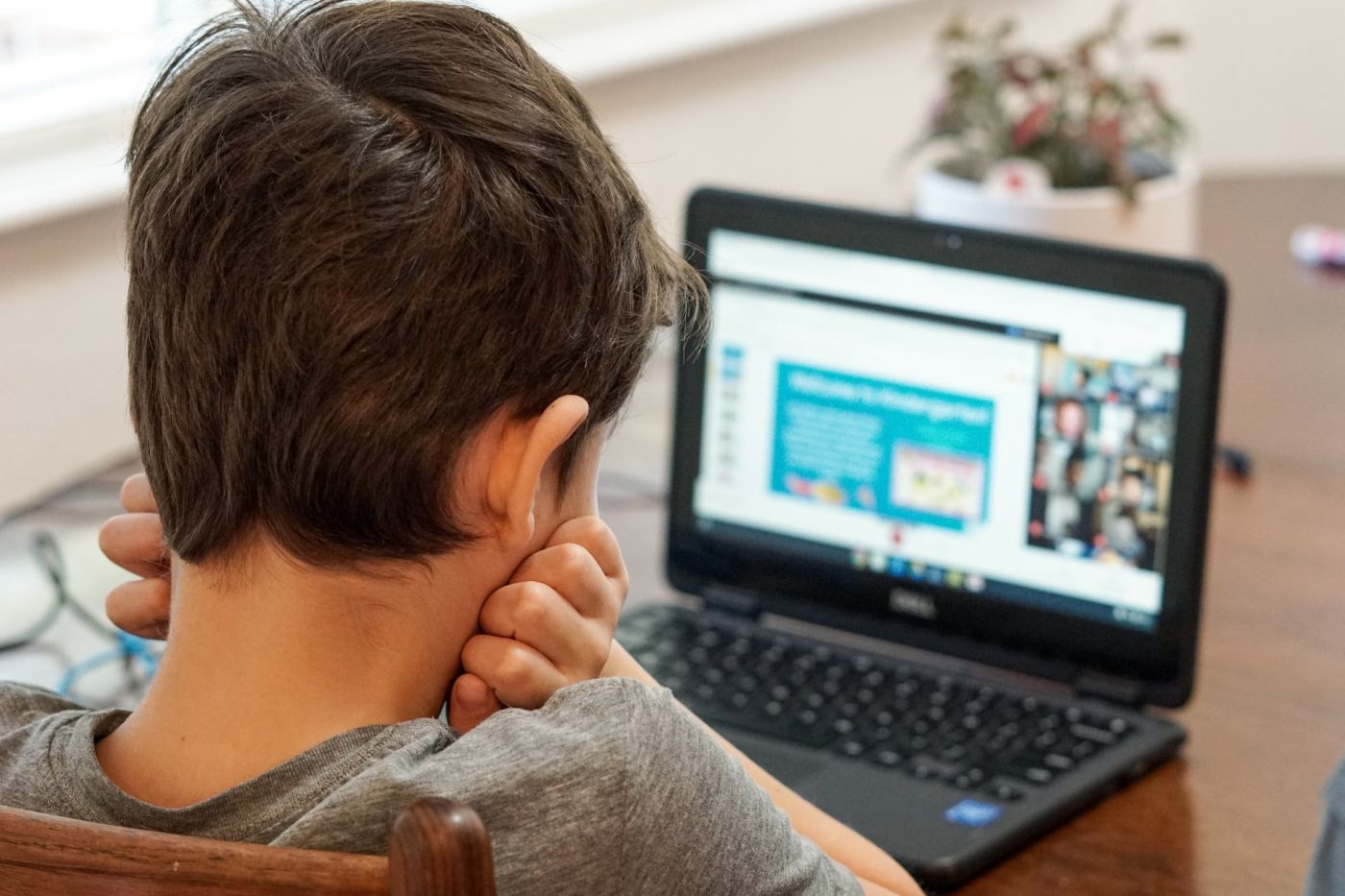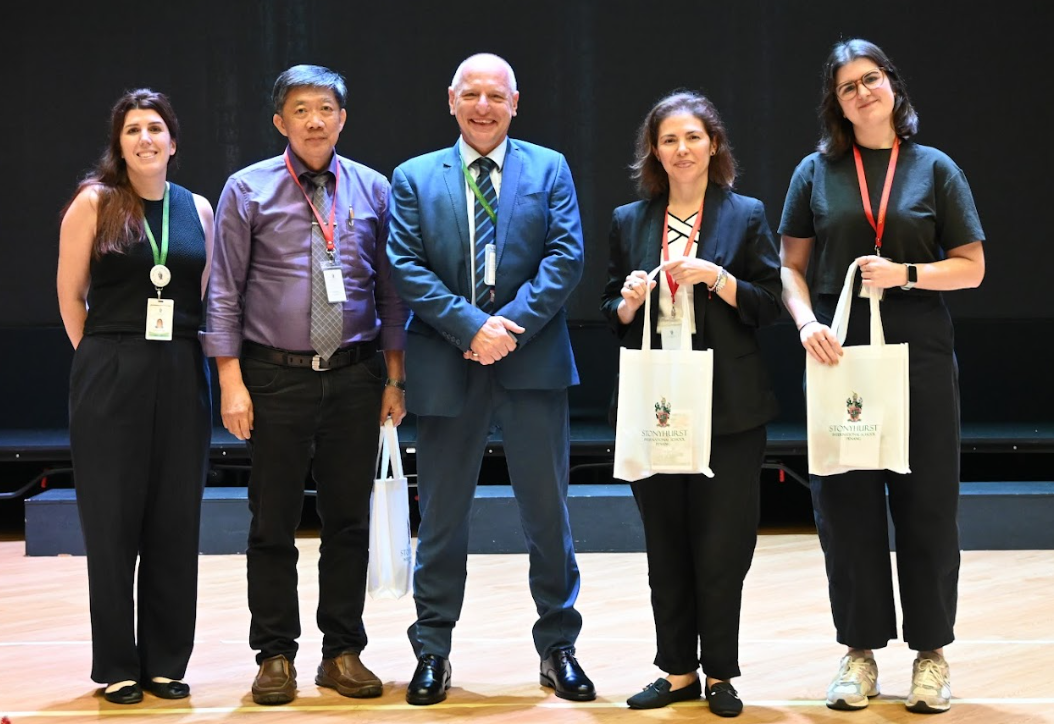
Photo by Thomas Park on Unsplash
Virtual or online learning has become a necessity today. In Mar 2020, schools in Malaysia had to close because of the Covid-19 pandemic and when they reopened several months later, they had to follow strict physical distancing rules. When the number of new cases spiked, schools had to close once more. In order for students not to have any disruption to their education, virtual lessons are essential.
However, no two schools offer the same online learning experience for students. On one end of the spectrum, there are schools that include AI, personalisation technology, gamification features, engaging videos and other materials as part of their online offering, while on the other, lessons are mostly unidirectional where the teacher does most of the talking via an online platform where there is minimal interaction between the teacher and students. Online learning provisions by schools are dependent on factors such as the individual school’s online learning philosophy, resources and preparedness to adopt online learning technology, as well as the skills and abilities of their teachers.
There are various considerations when it comes to online learning. How effective is online learning? For example, how do schools ensure that students understand abstract concepts? What homework or assignments are given, and how is feedback provided to students? How are online assessments administered? How do schools monitor the progress of each student? How do schools ensure that their students remain motivated to learn and not experience virtual learning fatigue?
This article provides some important information on how international schools have implemented online learning and highlights the unique challenges online learning has posed to these schools.
Philosophy and Learning Model
Some schools believe that online learning should replicate the learning that takes place in a physical school, while others believe that online lessons should be more interesting and effective, but all schools agree that learning should not stop despite the pandemic.
Westlake International School aims to ensure the continuity of education with online learning while Sri KDU Primary School strives to create an open and inclusive environment where learning takes place.
Most schools have adopted a blended learning model where there is a mixture of online learning and traditional classroom learning, while Seri Botani International School and Sri KDU Primary School have fully transitioned to online learning.
Learning Methods and Tools
Online learning is popularly carried out using Google Meet, Google Classroom and Zoom. Other platforms include Class Dojo, Seesaw, Quizziz, Wordwall, Smart suite, Google Slides, Padlet and Wakelet. The average number of students in online classes is between 10 and 20. A laptop and tablet are essential for online learning but mobile phones, microphones, and headphones are also used for communication purposes.
The duration of online classes differs with each school. Matrix Global Schools have two to five hours of classes daily depending on the age group of the student and classes normally begin between 8.00am and 9.00am. Shattuck-St. Mary’s Forest City International School follows its physical school timetable on a daily basis. Attendance taking is at 8.00am for Seri Botani International School and lessons begin at 8.15am. Students will learn for up to five hours with three breaks in between lessons each day. At Sri KDU Primary School, 8.5 hours of online classes are conducted with breaks in the morning and for lunch. Students are required to sign in for each lesson at Westlake International School, where each lesson lasts for one hour. Online lessons run from 8.00am to 2.30pm.
At elc International School, online lessons begin at 8.30am and end at 3.30pm with a total of 5.8 hours of contact time, and two breaks in a day. Four 90-minute lessons with breaks in between are carried out at Nilai International School from 9.00am to 4.30pm.
Assessment Methods
International school teachers have found new ways to assess students’ academic performance virtually. Sri KDU Primary School does this through Socrative, an app that engages students and tracks classroom learning. Nilai International School carries out continuous assessment through student presentations, student writing on the interactive whiteboard platform, Jamboard, as well as Q&A sessions. Students also use Google Classroom, email and Whatsapp to submit homework and assignments. Schools such as Sri KDU Primary School, Nilai International School, elc International School, Westlake International School and Shattuck-St. Mary’s Forest City International School have also administered online examinations.
There are several ways international schools measure the effectiveness of online learning. Sri KDU Primary School gauges the success rate of online classes based on the results of the work given as well as continuous assessment. Westlake International School carries out lesson observations in addition to analysing results from assessments and learning tasks. Seri Botani International School looks at the attendance and engagement of students during online lessons.
Challenges and Effectiveness
One of the challenges faced with online learning is keeping students engaged during lessons. This challenge is more prominent with preschool and primary school students as they have shorter attention spans. Furthermore, younger students need to be supervised and assisted by their parents at home in order for online lessons to be effective. Students who are weaker in English are also harder to reach and face difficulty communicating virtually. Other challenges that disrupt online learning include poor Internet connectivity, lack of the necessary tools and shortage of devices as well as not having a conducive learning space at home. Some students also do not want to turn on their videos hence teachers are unable to tell if they are actually paying attention during class.
Despite the challenges, international schools reported that students’ response to online learning has been generally positive and attendance has been satisfactory. Westlake International School also carried out a survey to gather feedback from students regarding the delivery of lessons and platforms for online learning. In addition, Shattuck-St. Mary’s Forest City International School provides advisory programmes to teachers to help with their delivery of online learning.
The Future of Online Learning
Online learning is here to stay and will form a large part of the education landscape in the future. Anushia Senthe, Academic Director at Westlake International School, believes that new modes of blended learning need to be developed to fully leverage the benefits of technology and learning online. Mrs. Chong Soh Nee, Head of Secondary at elc International School, also believes that schools need to use technology to their advantage for successful online learning in the future.
Selwyn Khoo, Head of Business Development at Matrix Global Schools, says that schools should be equipped with the right teachers and facilities to ensure online learning is delivered successfully. Djohann Iskandar Kwan Abdullah, Principal of Sri KDU Primary School, echoed this sentiment, stating that schools will need to invest in better infrastructure and training for teachers.
According to Charles Dormer, Principal of Nilai International School, online learning has prepared students for a world where work is completed by teams across huge physical distances.
What Should Parents Look For in a Successful Online Learning Lesson?
The online learning model will definitely be an important factor for parents who are searching for education options for their children moving forward. Anushia Senthe advises parents to consider the learning outcomes for each subject and how it is being mapped and delivered during online lessons. She believes that each online lesson should have a component of explicit teaching, a collaborative learning activity, an opportunity for students to ask questions, clarify, share, give feedback; and an assessment for learning the task given. In addition, the learning platforms used should be user-friendly and integrated. Resources also need to be made easily accessible and available through a common platform. Mrs. Chong Soh Nee believes that the commitment of the teachers, structure of online lessons, adherence to the timetable and reporting structure are some of the areas parents should look at when it comes to successful online learning. Finally, Ms Yau Sok Fun, Principal at Seri Botani International School, emphasises that online learning programmes should be interesting and actively engage students.


































